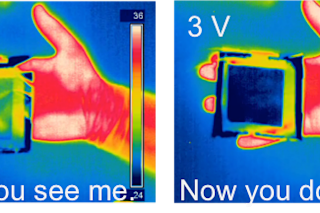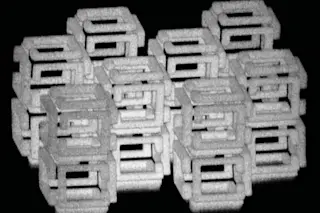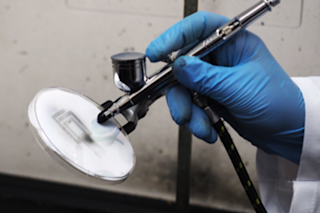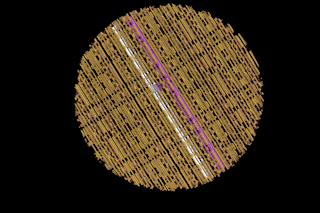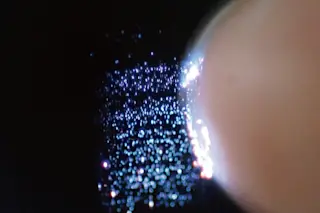The unique properties of graphene allow researchers to use electricity to control how much infrared light can pass through it. (Credit: Coskun Kocabas)Harry Potter’s invisibility cloak seemed to do a good job of hiding him for many adventures after curfew, but what if the professors patrolling Hogwarts had thermal imaging technology? Would Harry’s cloak have obscured his body heat as well? If not, he might want to upgrade his magical cloak with some nanoscience. In a paper released today in the journal Nano Letters, materials scientist Coskun Kocabas and his team announce that they’ve created a thin, flexible device that can disguise the temperatures of objects captured by thermal imaging in real time. Kocabas anticipates that this invention will improve camouflage technology and even allow researchers to better control how satellites in space dispose of heat. Kocabas, now a professor of materials science at the University of Manchester, is interested ...
This Device Makes You Invisible to Thermal Imaging
Discover how graphene infrared camouflage can adapt in real time, mimicking cuttlefish to disguise objects from thermal imaging technology.
More on Discover
Stay Curious
SubscribeTo The Magazine
Save up to 40% off the cover price when you subscribe to Discover magazine.
Subscribe

